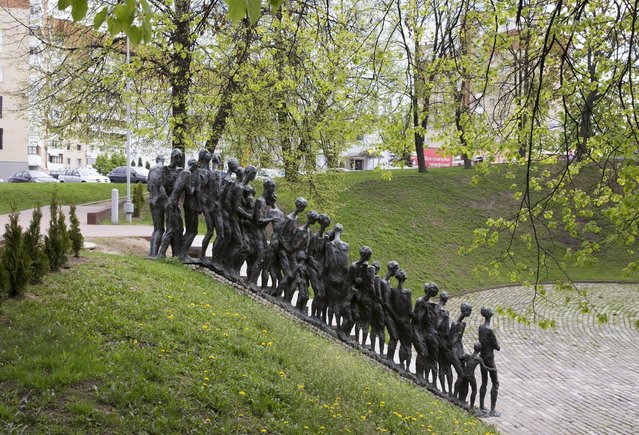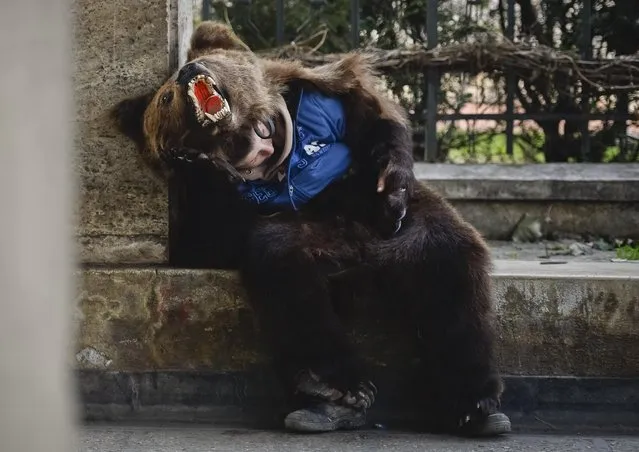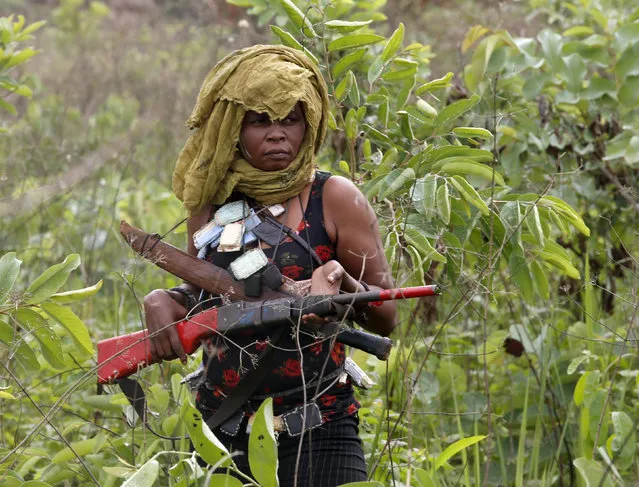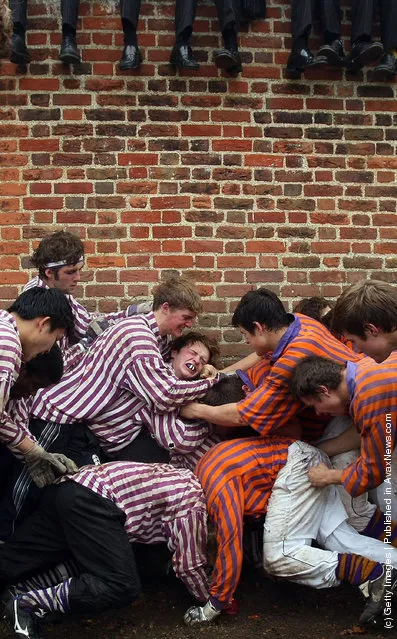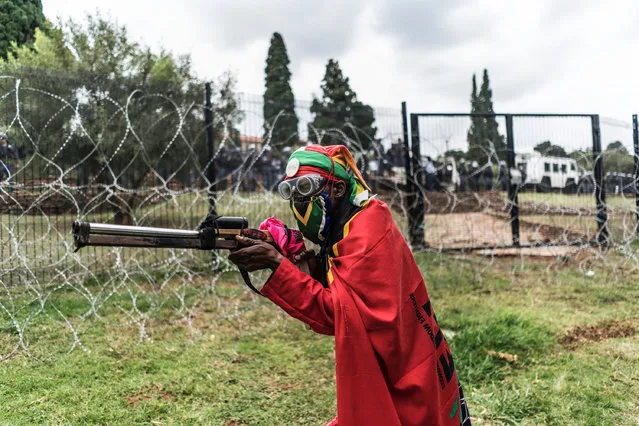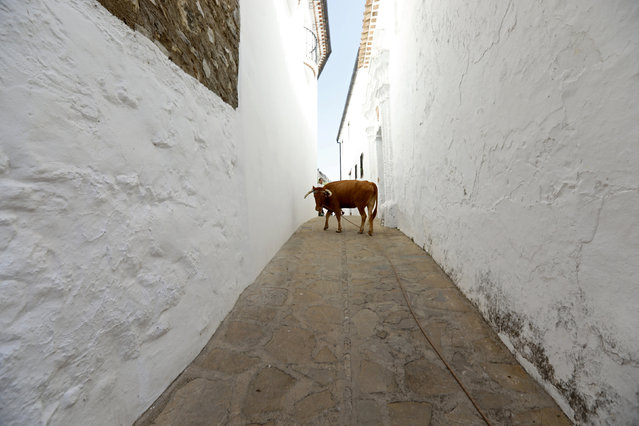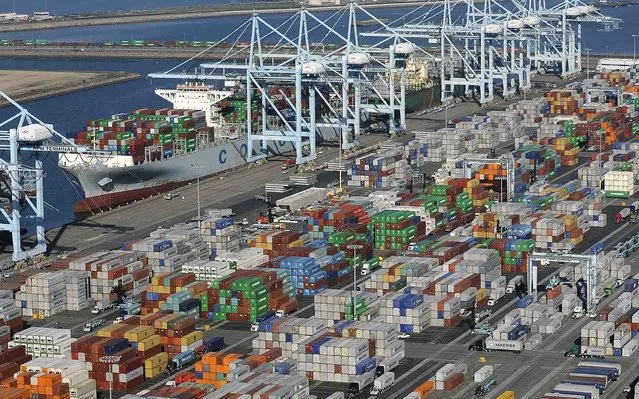
Shipping containers sit idle at the ports of Los Angeles and Long Beach, California in this aerial photo taken February 6, 2015. The loading and unloading of cargo freighters has been suspended at all 29 U.S. West Coast ports this weekend because of chronic slowdowns on the docks that shippers and terminal operators have blamed on the dockworkers' union, the companies said Friday. (Photo by Bob Riha, Jr./Reuters)
10 Feb 2015 12:24:00,post received
0 comments

